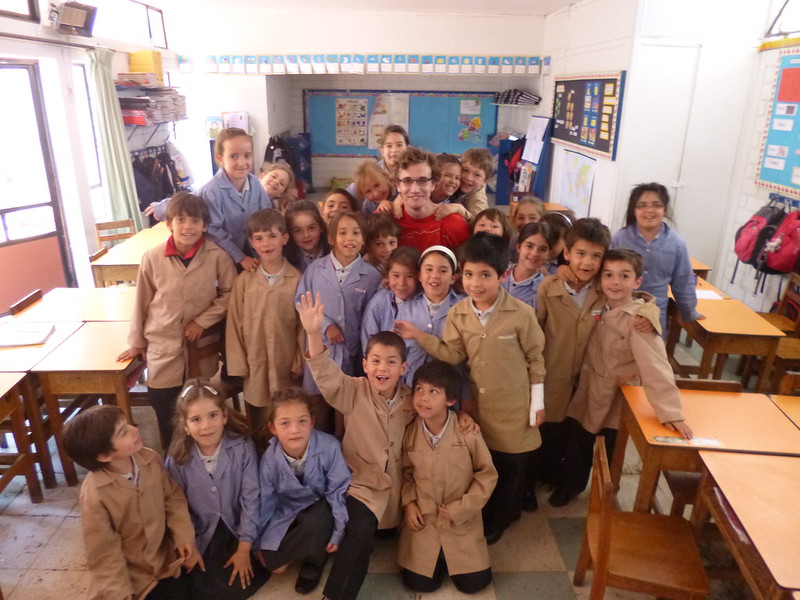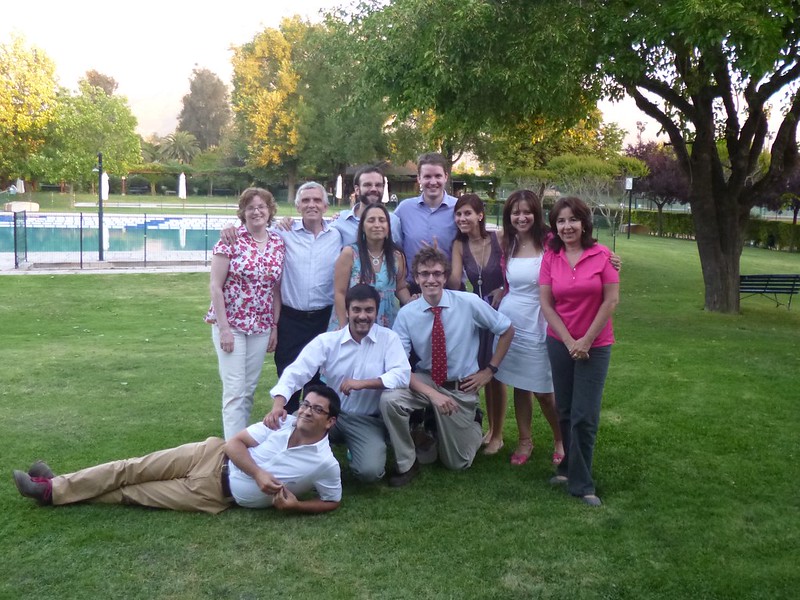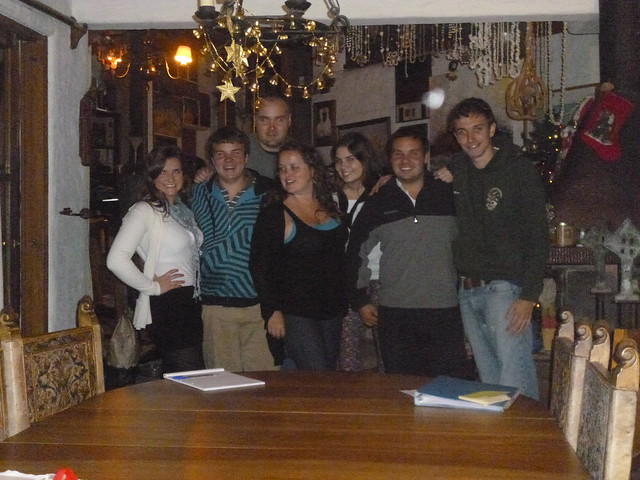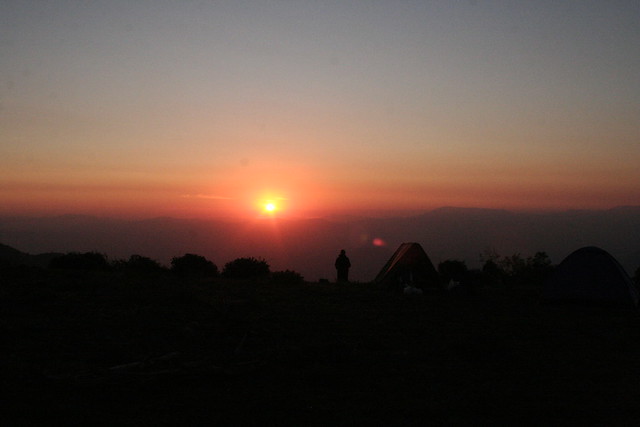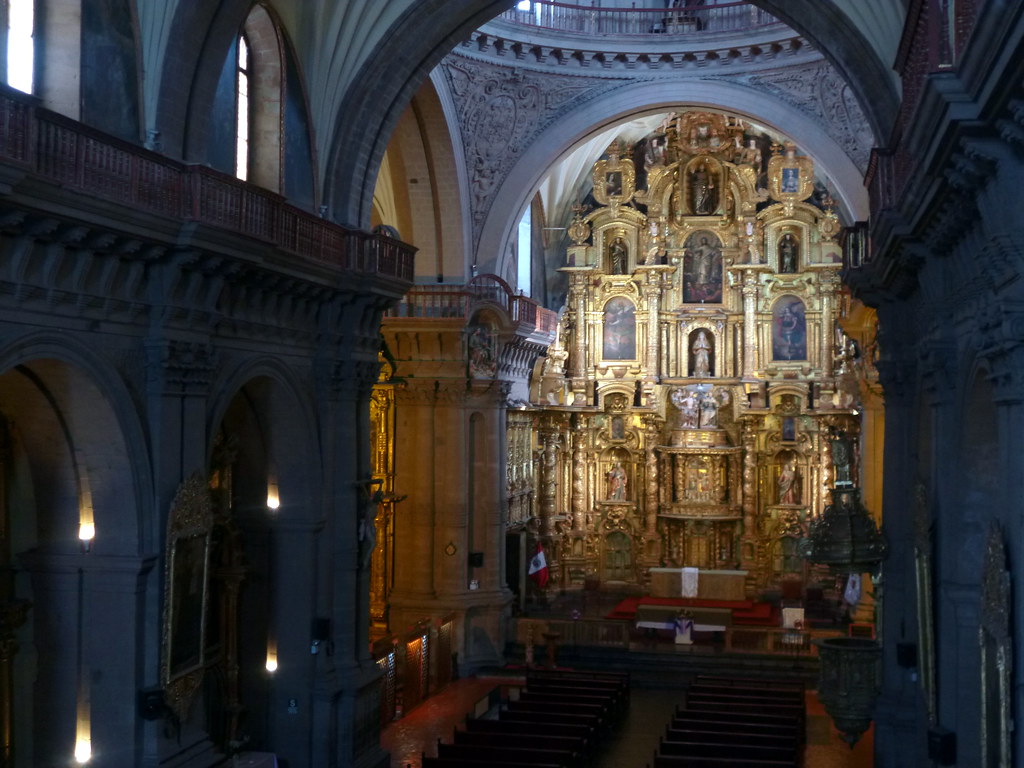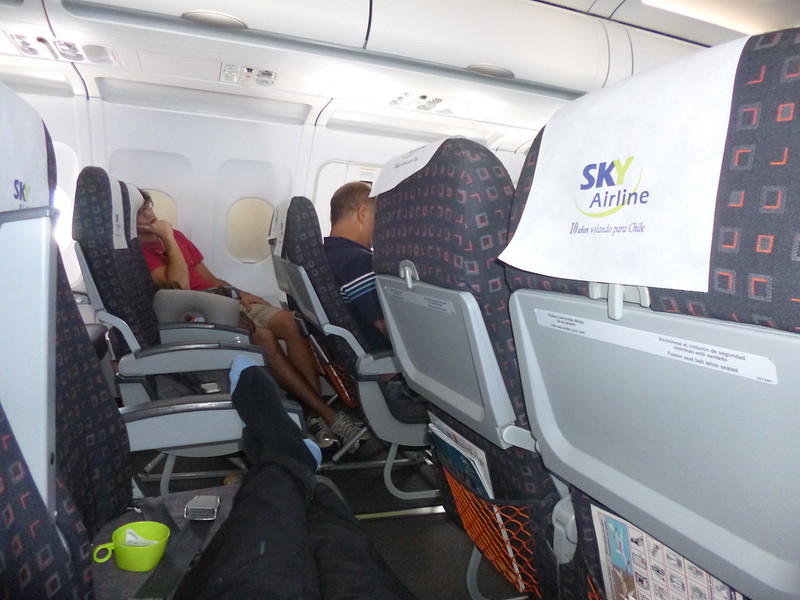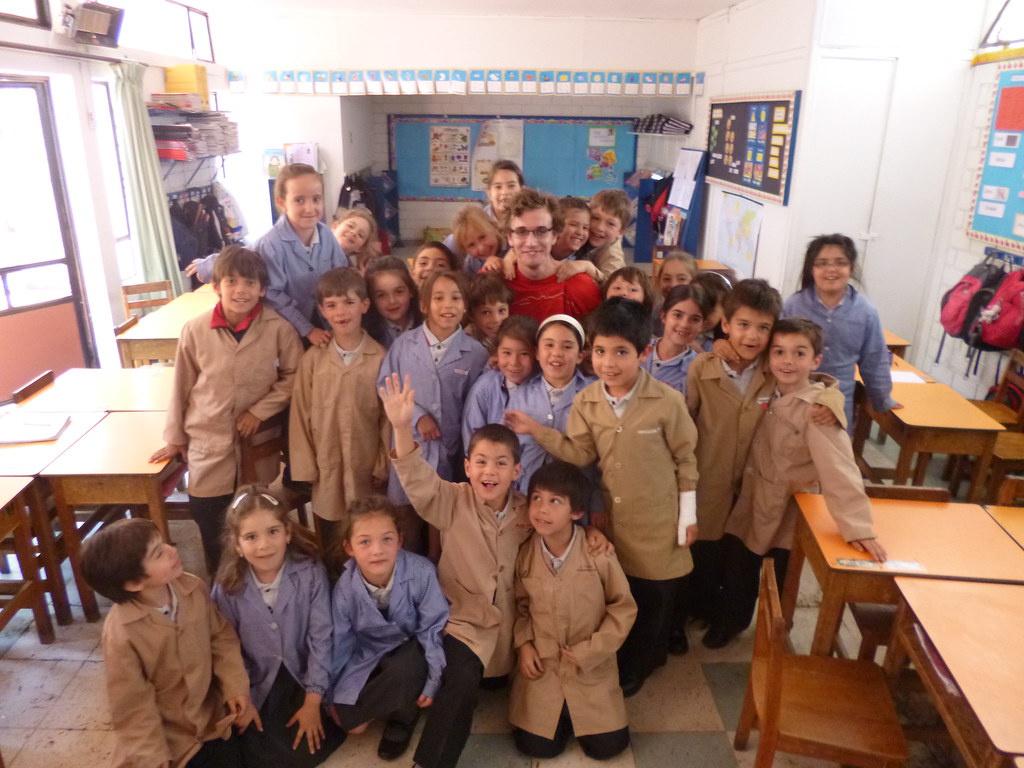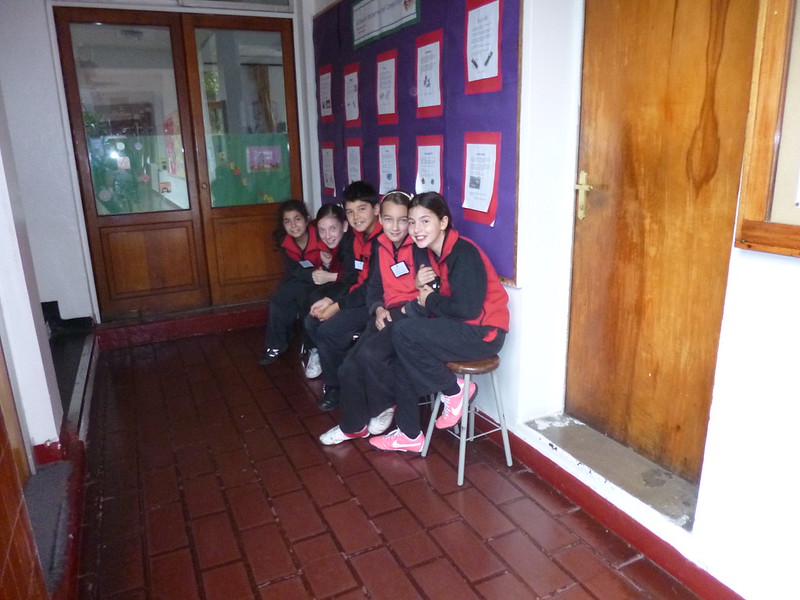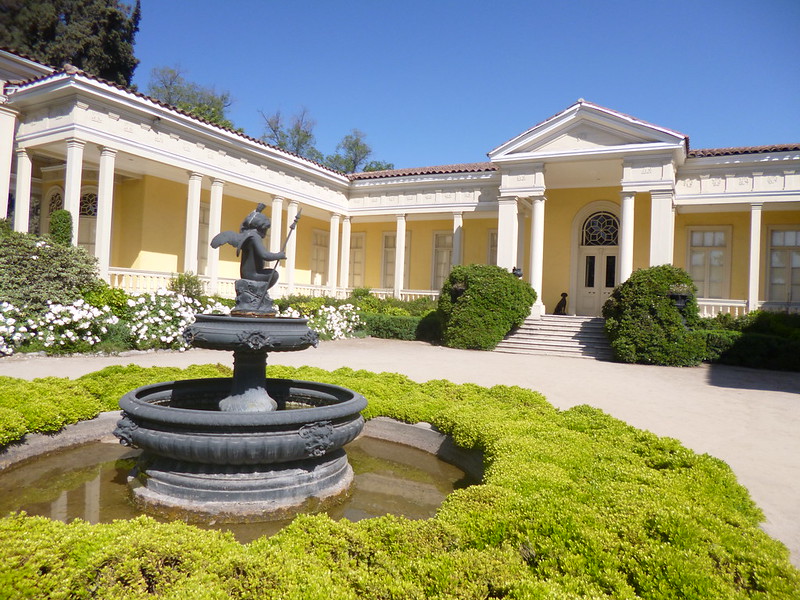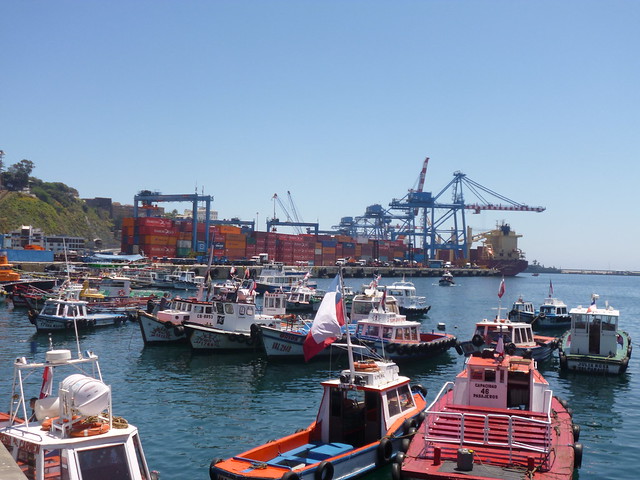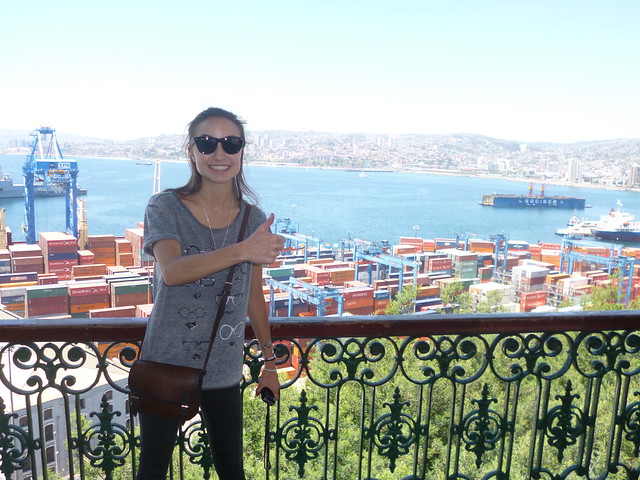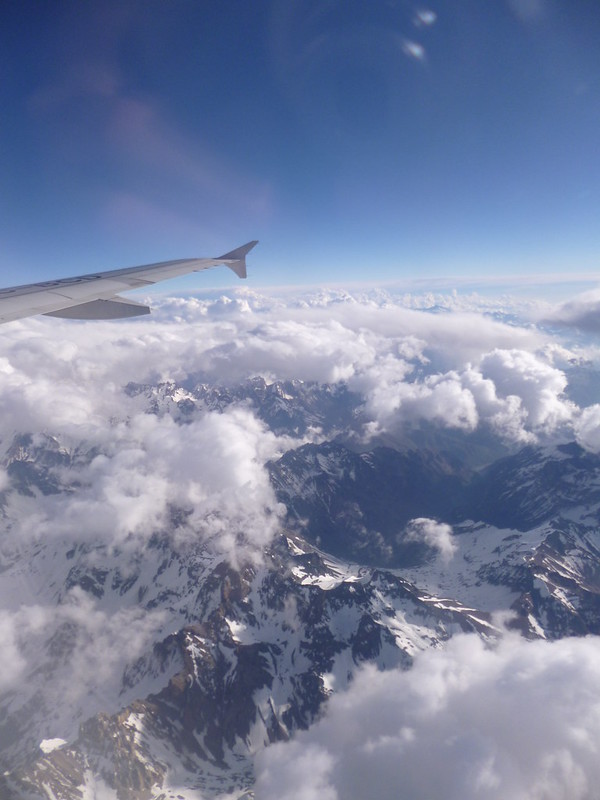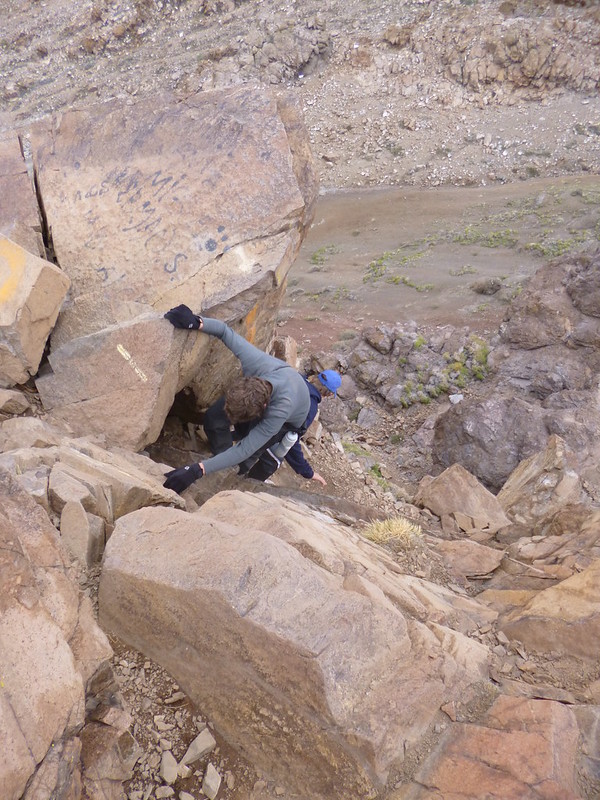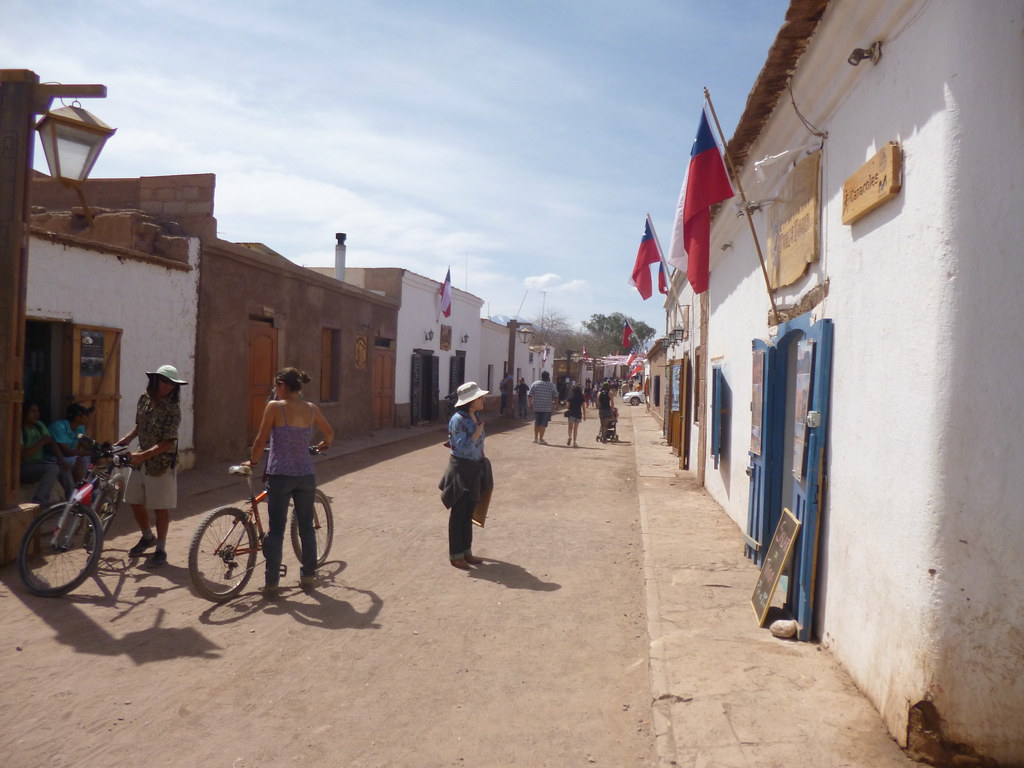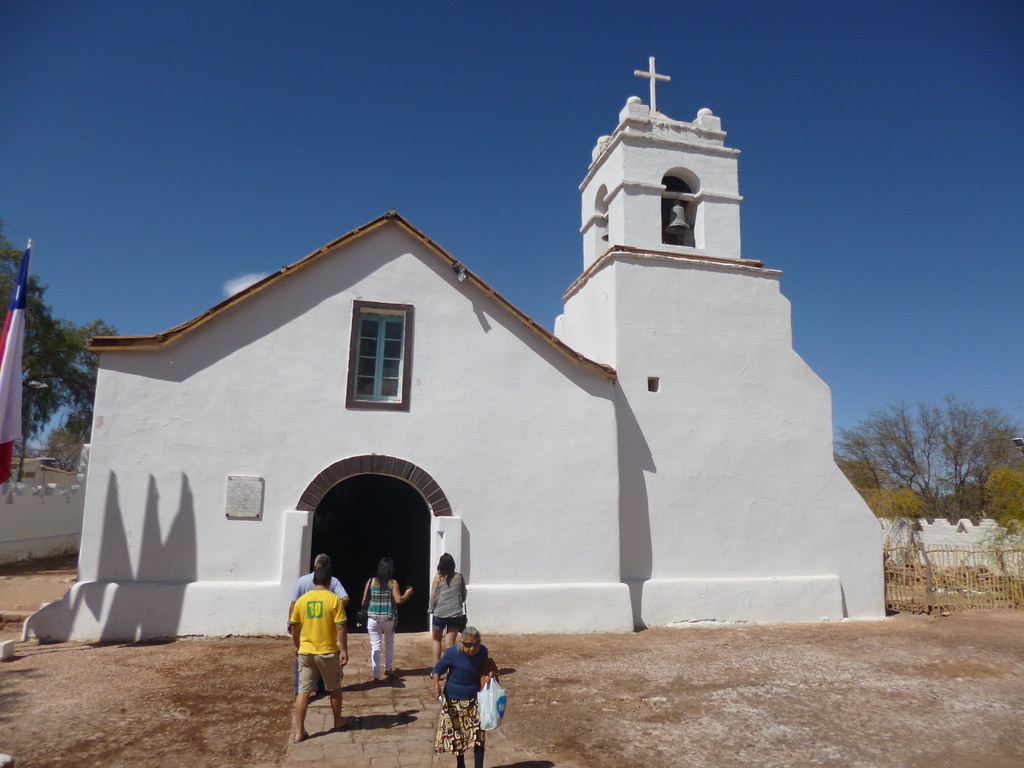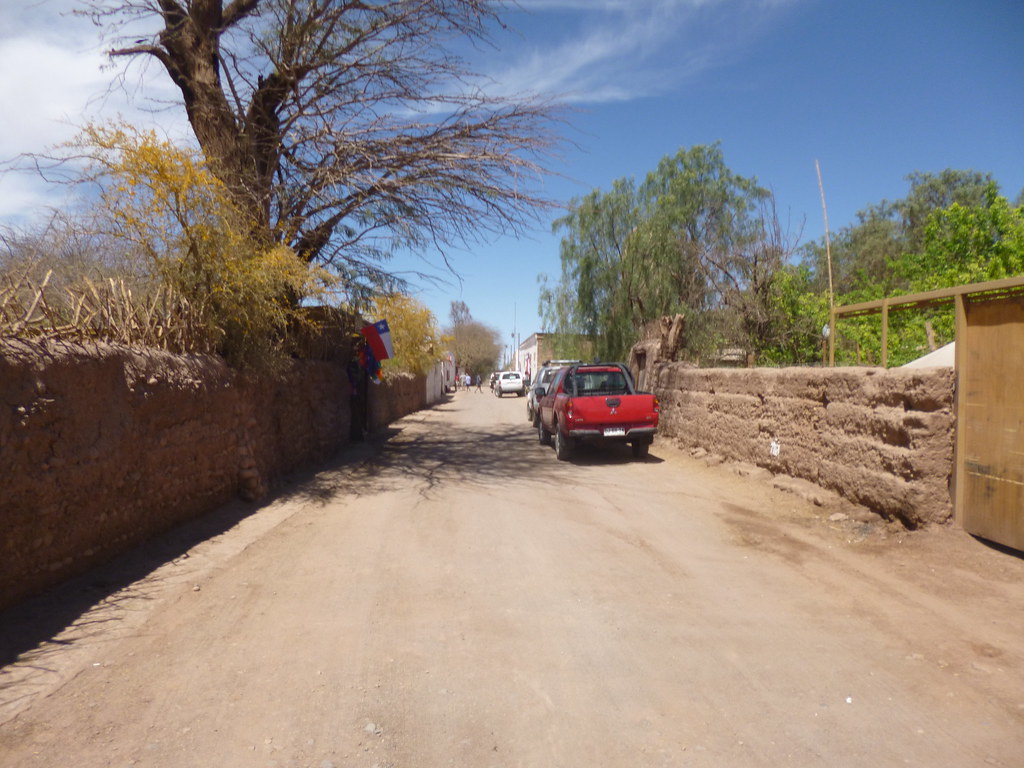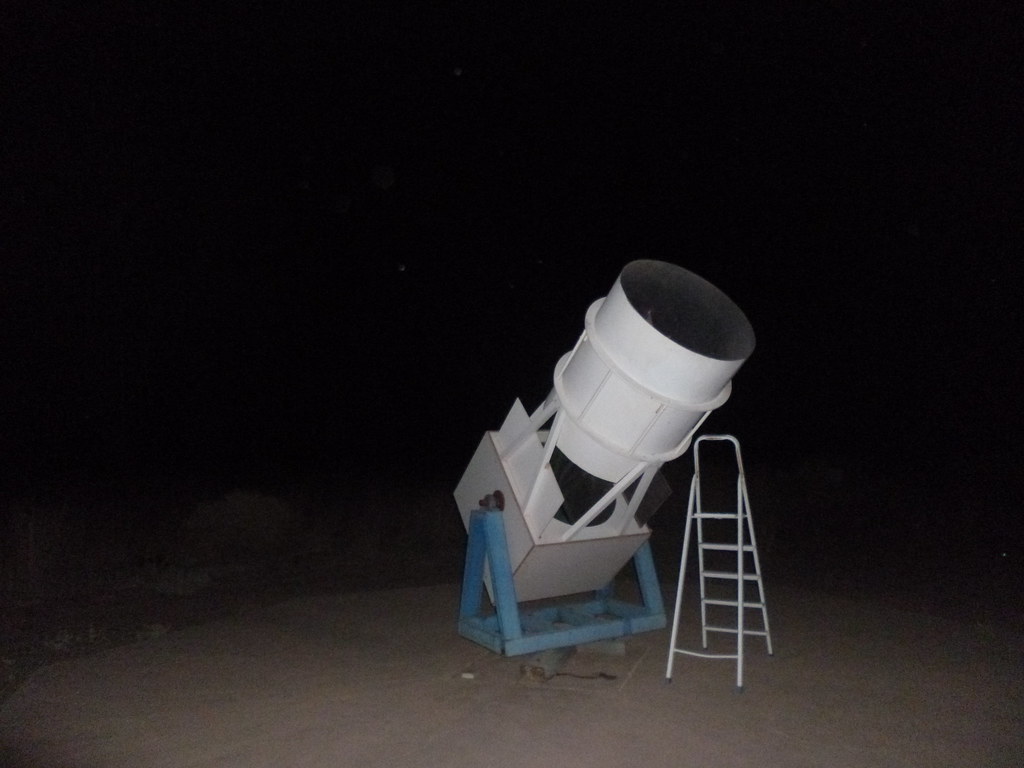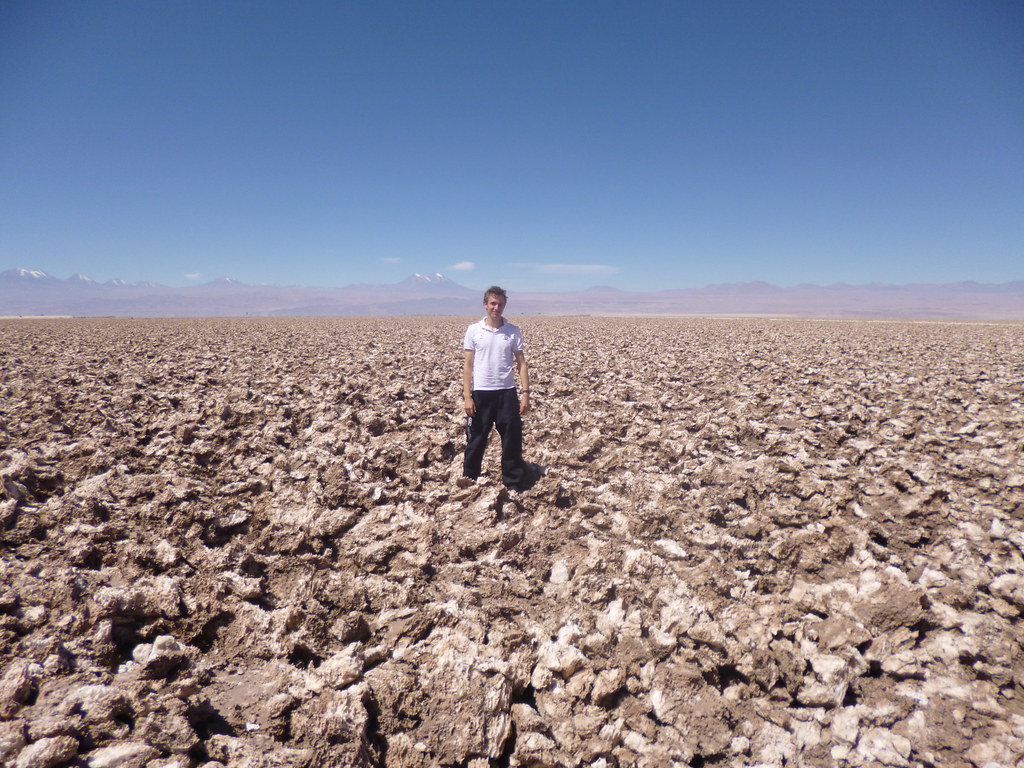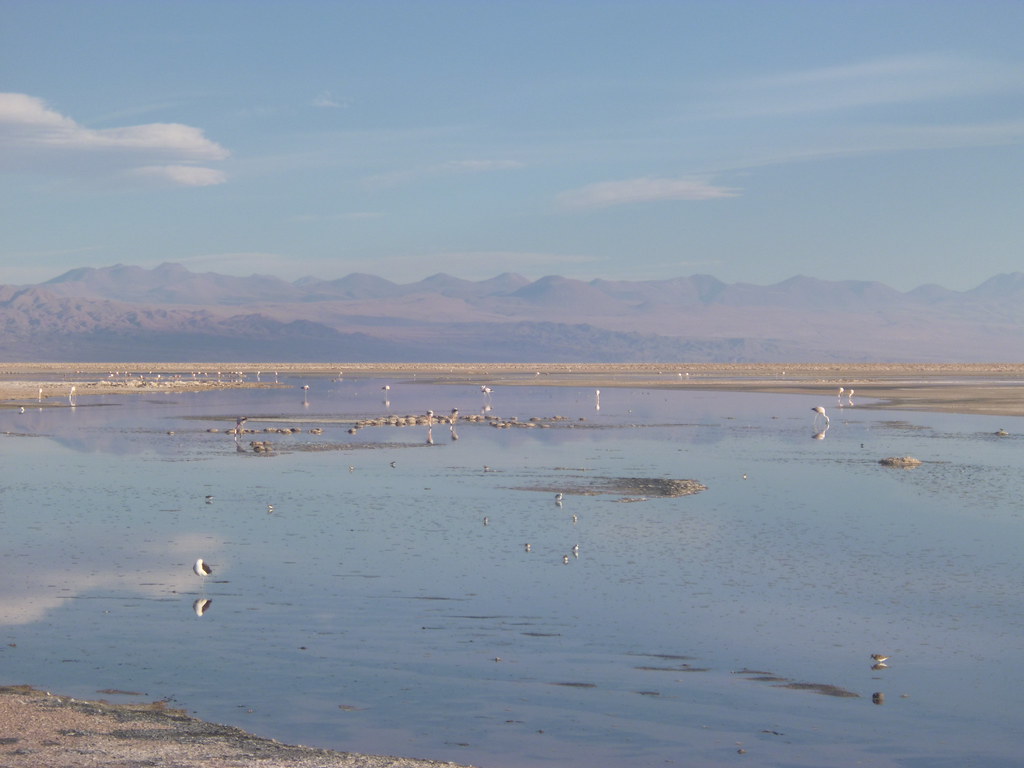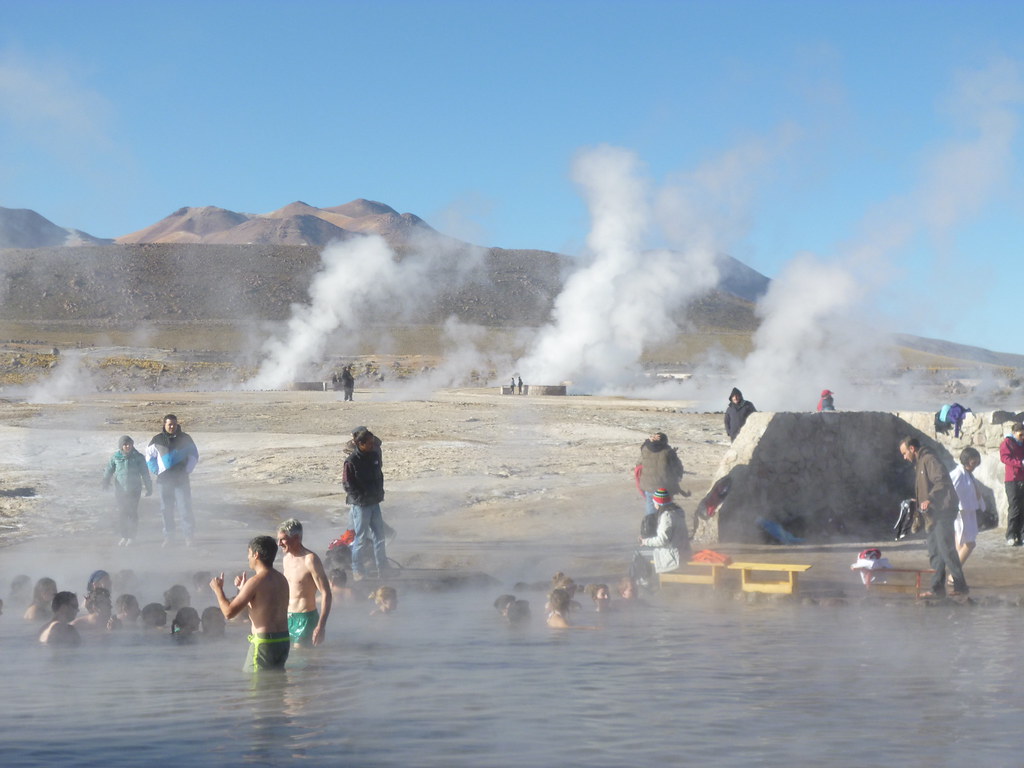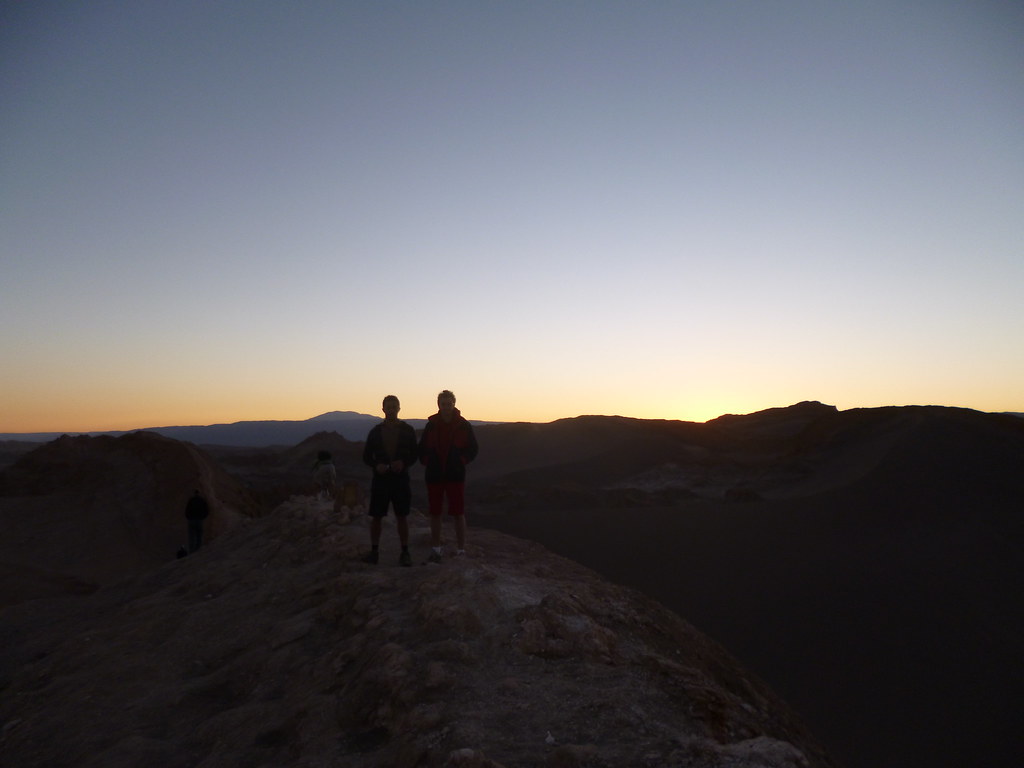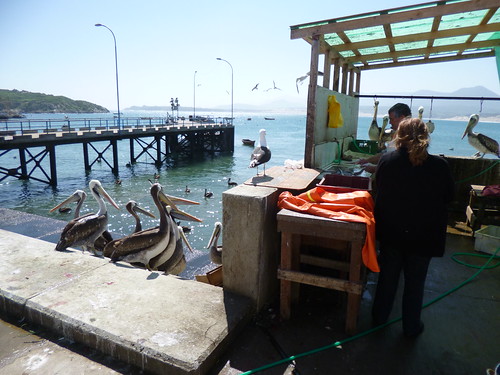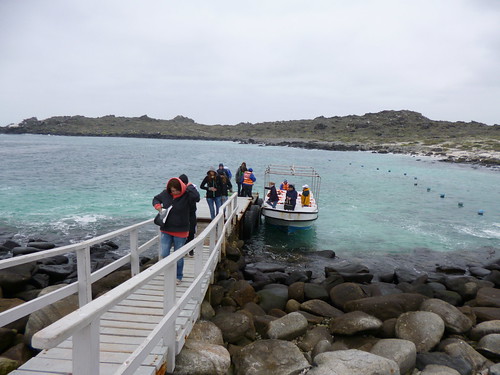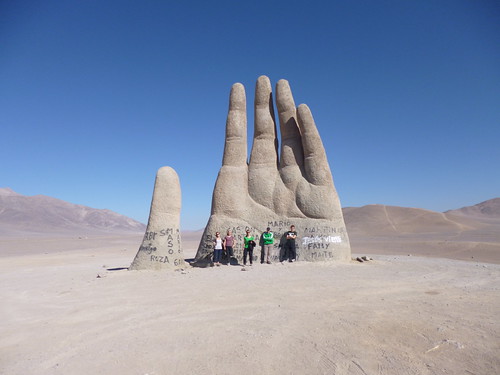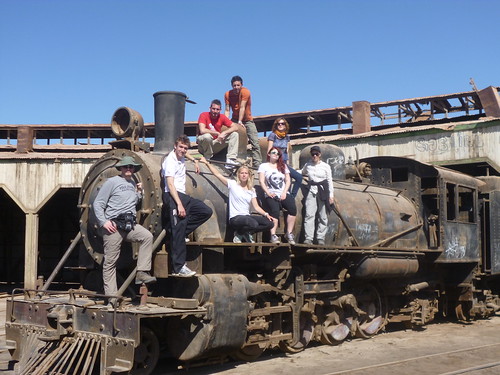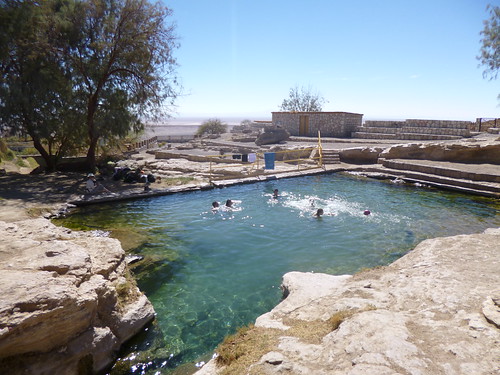So here's a few conclusions before I board my flight.
1. Learn to peel and stone avocado. At some point, you will be required to do it.
Chileans adore avocado and eat it in large quantities. It's cheaper and tastier than in the UK, so I made the the most of it. However, people will judge you on your palta preparation skills. Learn.
2. Working with kids can be both maddening and insanely cool.
When they want to do what they're meant to be doing, the job is great. However, I absolutely hate dealing with kids who are misbehaving or are being difficult, and uncooperative classes can be more than a little stressful. Teaching can often be more crowd control than actual teaching.
My life over here is a bit as I imagined being 30. Working 9-5 (or 8-4 in my case) is a drain, and the weekends are amazing. I never before appreciated the true joy of a Friday night. However, old(er) people are actually quite a lot of fun, and it's nice having more money than a student. (Edit: I just realised I now have no money.)
4. South America is incredible.
What a continent. I only managed to see bits of three countries: Argentina, Chile and Perú. All three are so different, and have a huge amount to offer. Even in the developed Southern Cone, things are done very differently to the UK, and as you head North things get a lot more exciting. There's no way I'm not coming back.
5. Being British is good.
Whereas the general perception of Americans around here is of culturally insensitive idiots, the British have managed to keep up a sterling reputation. We're stereotyped by the Queen, being polite, gentlemanly, on-time, and drinking lots of tea. Aside from a few issues with Argentina, it's all good.
6. I love Chile(ans).
Whilst I've been here, the people I have had the pleasure and privilege to meet have been amazing, and the places I have had the chance to go to have been truly incredible. The hospitality and kindness that everyone has shown me was more than I could ever expect. As well as being filled with wonderful people, this country also has some of the most incredible cities, towns and landscapes I've seen.
Thank you Chile, thank you Redland, and thank you to the Prado family. It's been awesome.

